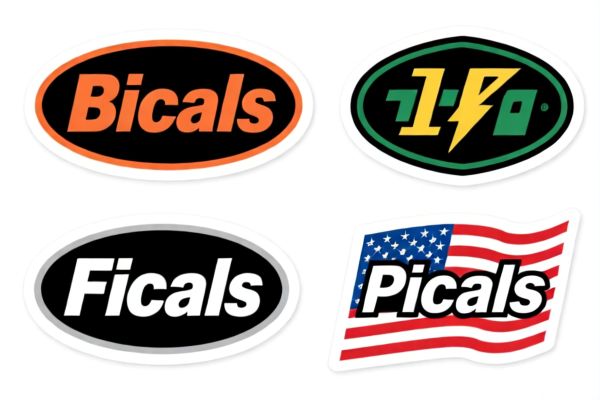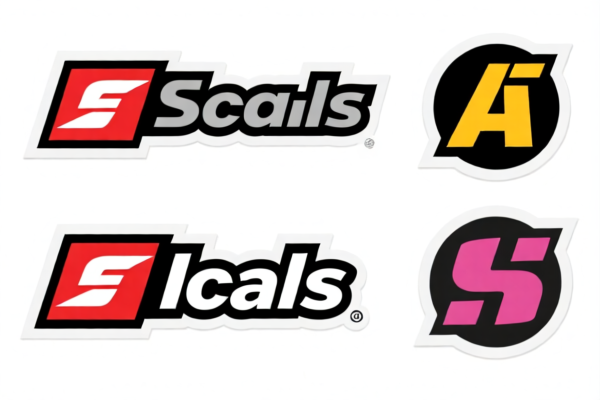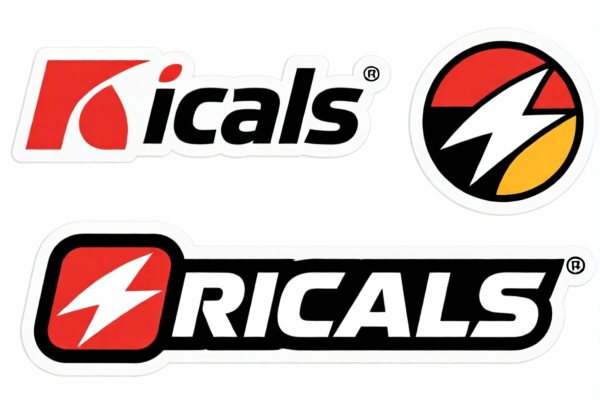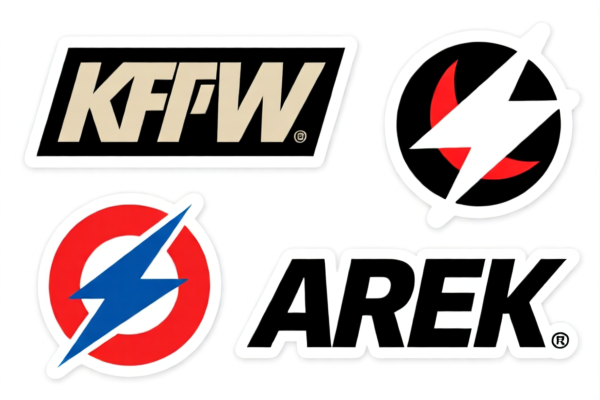| HS Code | Official Doc | Tariff Rate | Origin | Destination | Effective Date |
|---|---|---|---|---|---|
| 4821102000 | Doc | 55.0% | CN | US | 2025-05-12 |
| 4821104000 | Doc | 55.0% | CN | US | 2025-05-12 |
| 4823901000 | Doc | 55.0% | CN | US | 2025-05-12 |
| 4823902000 | Doc | 55.0% | CN | US | 2025-05-12 |
| 3213100000 | Doc | 6.5% on the entire set+55.0% | CN | US | 2025-05-12 |
| 3213900000 | Doc | 58.4% | CN | US | 2025-05-12 |
| 3919905060 | Doc | 60.8% | CN | US | 2025-05-12 |
| 3919905010 | Doc | 60.8% | CN | US | 2025-05-12 |
| 3921905010 | Doc | 34.8% | CN | US | 2025-05-12 |
| 3921904010 | Doc | 34.2% | CN | US | 2025-05-12 |
| 4908100000 | Doc | 37.5% | CN | US | 2025-05-12 |
| 4908900000 | Doc | 37.5% | CN | US | 2025-05-12 |




Decal
A decal (also sometimes referred to as a transfer, sticker, or label) is a decorative image or design applied to a surface, typically through a transfer process.
Material
Decals are constructed from a variety of materials, influencing their durability, application method, and intended use. Common materials include:
- Vinyl: The most prevalent material, known for its durability, weather resistance, and versatility. Available in various finishes (matte, glossy, transparent, reflective).
- Paper: Often used for temporary applications or indoor use. Typically requires a clear coat to protect the image.
- Water-slide decals: Utilize a water-soluble backing which dissolves when soaked, allowing the image to transfer onto a surface. Commonly used for model kits and ceramics.
- Dry-transfer decals: Employ an adhesive carrier that is rubbed onto the surface, transferring the image. Less common now due to application difficulty.
Purpose
The primary purpose of a decal is aesthetic enhancement. However, decals also serve functional roles:
- Identification: Logos, markings, and serial numbers.
- Branding: Company logos and promotional designs.
- Information: Warnings, instructions, and safety labels.
- Personalization: Custom designs for vehicles, electronics, and other items.
Function
Decals function by adhering an image or design to a substrate. The process generally involves:
- Design Creation: The image is created digitally or manually.
- Printing/Cutting: The design is printed onto the chosen material, or cut from a sheet of colored vinyl.
- Application: The decal is transferred to the surface using pressure and, in some cases, heat. The specific method varies based on the material and backing.
- Adhesion: An adhesive layer on the decal secures the image to the surface.
Usage Scenarios
Decals are used in a broad range of applications:
- Vehicles: Cars, trucks, motorcycles, boats (for graphics, racing numbers, branding).
- Electronics: Laptops, smartphones, tablets (for personalization and branding).
- Walls & Windows: Interior and exterior decoration, signage.
- Model Kits: Adding details and markings to plastic or other model constructions.
- Ceramics & Glassware: Decorative designs on mugs, plates, and other items.
- Packaging: Branding and product information on containers.
- Signage: Wayfinding, safety warnings, and promotional displays.
Common Types
- Cut Vinyl Decals: Created by cutting a single color of vinyl into a specific shape. Often used for simple logos and lettering.
- Full Color Vinyl Decals: Printed with multiple colors onto a vinyl sheet. Allows for complex designs and photographs.
- Water-Slide Decals: Applied by soaking in water and sliding onto a surface. Commonly used for model kits and ceramics.
- Dry-Transfer Decals: Rubbed onto the surface to transfer the image. Less common due to application challenges.
- Static Cling Decals: Utilize static electricity to adhere to smooth surfaces, allowing for easy removal and repositioning (e.g., window clings).
- Removable Vinyl Decals: Designed for easy removal without leaving residue.
Based on the provided information, “decal” refers to transfers (decalcomanias). Here are the relevant HS codes:
-
4908.10.00.00: Transfers (decalcomanias), vitrifiable.
- 49: Chapter 49 – Printed Books, Maps and Newspapers; Printed Music and Pictures. This chapter covers various printed materials.
- 08: Heading 08 – Printed pictures and photographs. This heading specifically covers printed pictures, including transfers.
- 10: Subheading 10 – Transfers (decalcomanias). This further specifies the product as transfers.
- 00: This denotes the specific tariff code for vitrifiable transfers. The base tariff is 0.0%, with an additional tariff of 7.5%. The total tariff rate is 37.5%.
-
4908.90.00.00: Transfers (decalcomanias), Other.
- 49: Chapter 49 – Printed Books, Maps and Newspapers; Printed Music and Pictures.
- 08: Heading 08 – Printed pictures and photographs.
- 90: Subheading 90 – Other transfers (decalcomanias). This covers transfers that do not fall under the vitrifiable category.
- 00: This denotes the specific tariff code for other transfers. The base tariff is 0.0%, with an additional tariff of 7.5%. The total tariff rate is 37.5%.
According to the provided reference material, the HS code options related to 'decal' are limited, with only the following 2 found.
Regarding HS codes 4908.10.00.00 and 4908.90.00.00, please note the additional tariff of 7.5%.
Customer Reviews
No reviews yet.